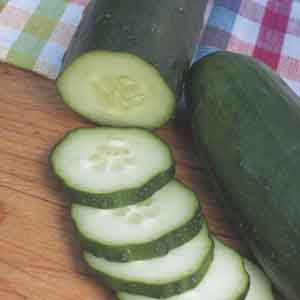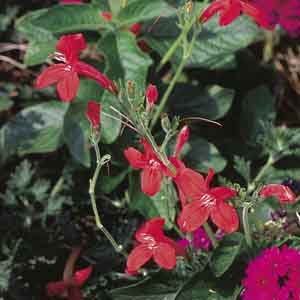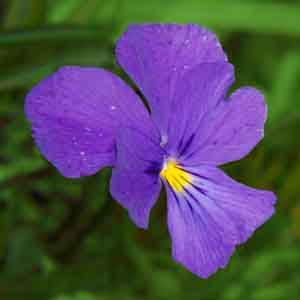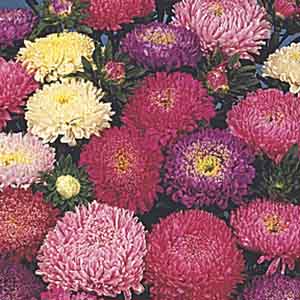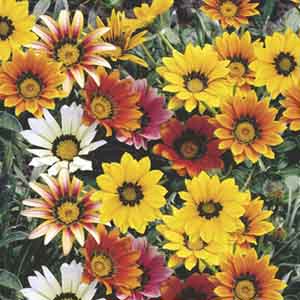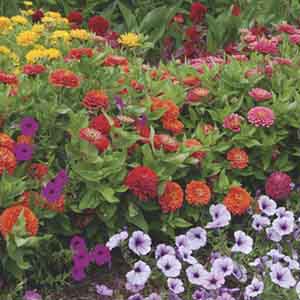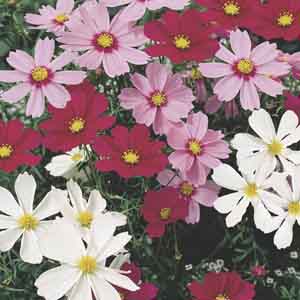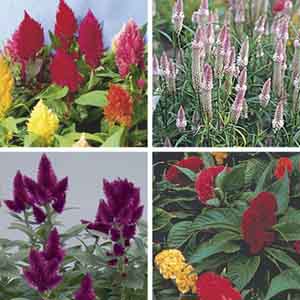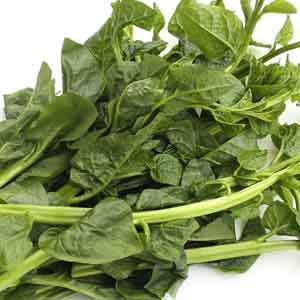Share your Experience
Account Setting
Cucumber ( Cucumis sativus )
Burpless cucumber varieties contain very low or no cucurbitacin, the compound that causes bitterness and can cause some people to "burp" from eating cucumbers. Burpless cucumbers also have a mild flavor, thinner skin, and fewer seeds than other cucumber types. Several specific varieties to look for are Lebanese, Armenian, and Asian types. Easy to grow vines produce a continuous harvest all season long.
Brazilian Petunia( Ruellia elegans )
A must-have for anyone interested in enticing hummingbirds to the garden. The red tubular flowers are produced all summer long and are a magnet for birds and butterflies. The deeply textured foliage adds interest to borders or container plantings. This is a rugged little plant that holds up well under hot, humid conditions.
Pansy ( Viola corsica )
A wild violet from the Mediterranean region of Corsica. Produces an abundance of cheerful flowers so dense that they nearly hide the foliage when the plant is in full bloom. Viola are known for their tolerance to cold, so this one is unique in its ability to withstand heat.
Aster ( Aster Hybrid )
Dependable selection produces a mass of daisies. Provides a welcome burst of color to the late season landscape. The flowers attract butterflies to the garden.
Gazania ( Gazania hybrid )
Durable plants for poor conditions! Compact plants produce bright, daisy-like flowers held on short stems. The blooms close at night and reopen with sunshine.
Zinnia ( Zinnia elegans )
A favorite of gardeners and butterflies alike, Zinnias bring long-lasting, bright color and rich texture to any planting. Removal of spent blooms will assure the most prolific and ongoing floral display.
Sunflower ( Helianthus maximillianii )
Tall, stately plants provide a refreshing burst of color in late summer. The seed heads are loved by Goldfinches and butterflies. This low-maintenance plant requires little attention and can even be left standing for the winter to create interest in the landscape. Just cut down at ground level in spring before the new foliage emerges.
Cosmos ( Cosmos bipinnatus )
Saucer-like blooms stand out against a backdrop of fine, airy foliage. This Mexican native looks striking when planted en mass or filling out mixed plantings. Remove spent blooms to prolong flowering. May reseed, for a surprise return next season, if dried flower heads are left intact.
Celosia( Celosia species )
Celosia are known for their bright, soft-to-the-touch blooms. Depending on the variety chosen, those blooms may be a wavy ridge resembling a velvety rooster's comb (crested) or a fluffy, feather-like stalk (plumed). These fun and colorful plants thrive with full sun and consistent watering.
Malabar Spinach( Basella alba )
A tropical plant popular in Asian gardens. This heat-loving vine produces thick, fleshy leaves packed with an impressive range of nutrients. It’s a great source of vitamins A, C, B-complex and iron along with a variety of trace elements. Although this plant is not related to spinach, the leaves taste the same. Can be eaten fresh or cooked just like spinach. Provide a trellis to support vines.
